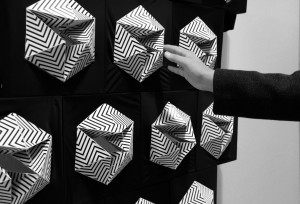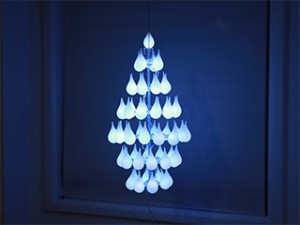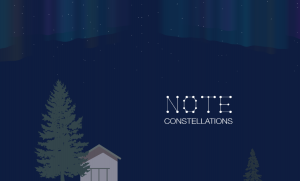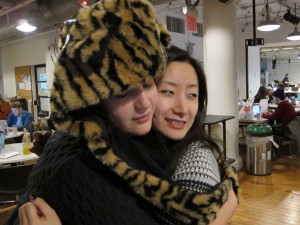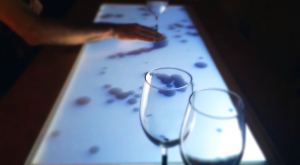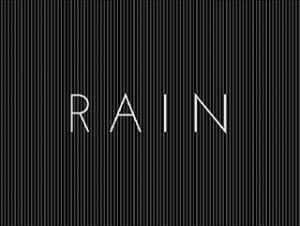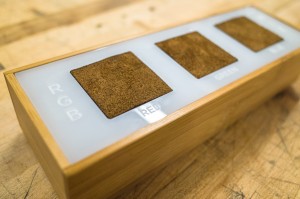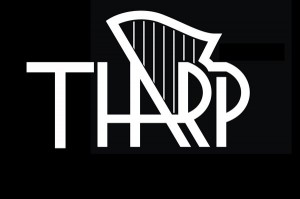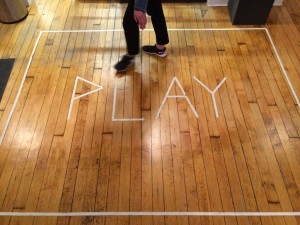Denny George, Upasana Jain
Have you ever shared a space with someone and wished you could shut others out and have your own private space? Privé , an interactive Modular Partition Screen lets you do that with a single touch!
http://www.upasanajain.com/?p=86
Description
The Interactive Partition Screen is made out of modular units, allowing people who share the same space to have their own personal demarcated sub spaces within the larger setting. The wall gives the user control over his/her space based on touch and also acts as a screen to create ambient settings in that space.
The wall has two very specific functions.
1) Privacy/ Demarcation of a sub-space
2) Window to the outside world:
Projection mapping of natural environments that lets the user bring some nature inside his/her immediate physical space and breaks the monotony of being in the same space for hours.
When the user touches a module (comprising of 3 forms), the forms open up in a row. Thus visually, there is more control over the what level he/she is looking at.
Each form is attached to a capacitive sensor that detects the touch and one full rotation servo motor that controls the mechanical motion of opening and closing of 3 forms together. The modules are interconnected using the dovetail wood joinery.
The second aspect of projection of a natural setting is achieved using a diaphanous screen behind the partition wall. The transparent screen allows visibility as well as projection to create specific settings in the room.
Each module can be closed again just by a touch.
Classes
Introduction to Computational Media, Introduction to Physical Computing

